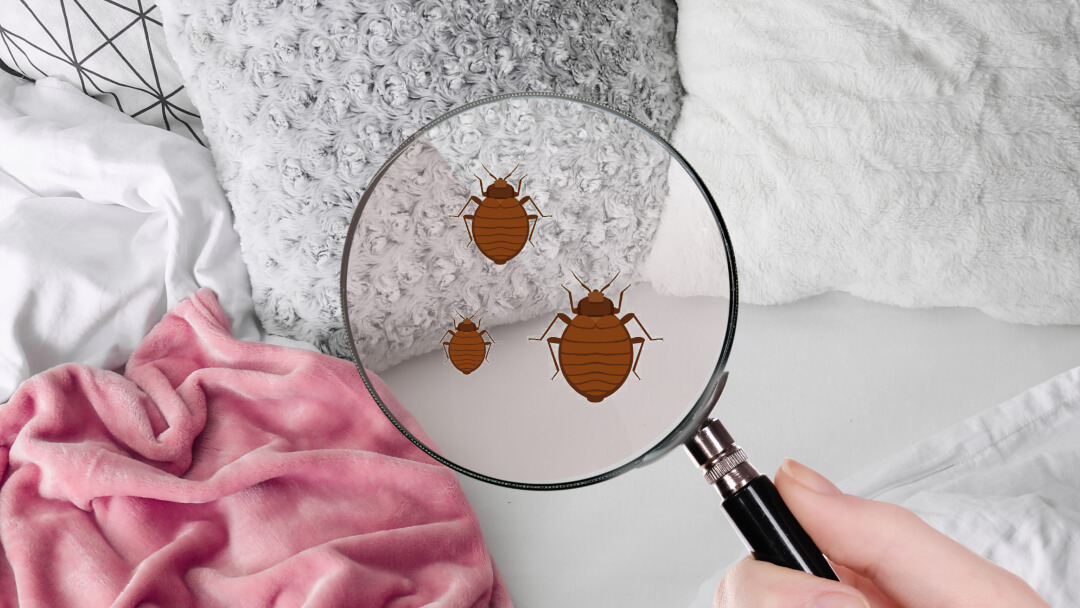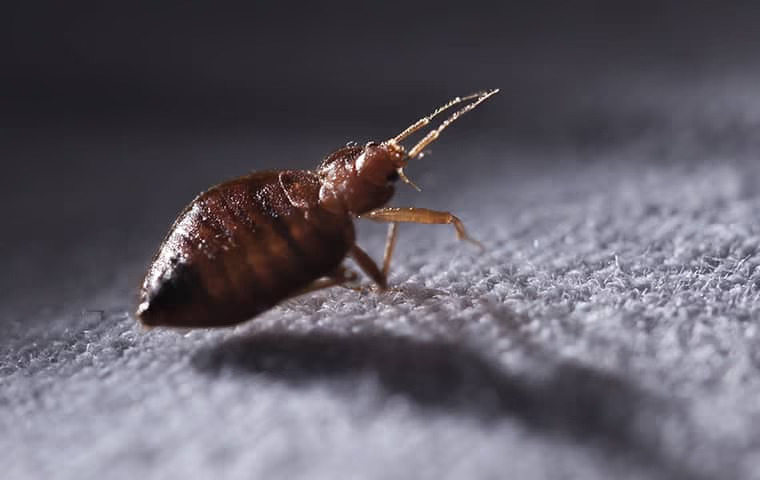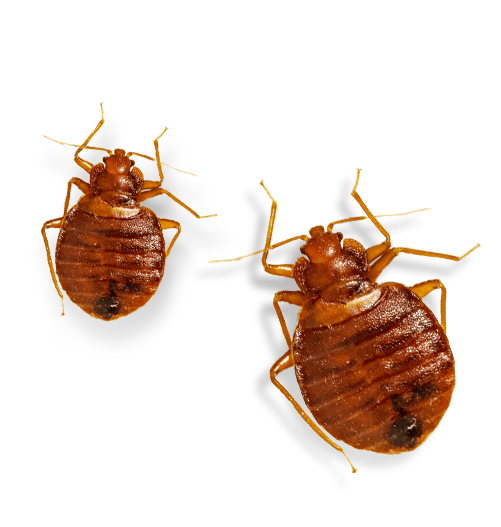Professional Kings Pest Control Services Cincinnati OH
Wiki Article
Kinds of Insect Control: Which Technique Is Right for Your Invasion?
When faced with an insect invasion, the choice of a proper technique for bug control is critical in effectively managing the situation. By exploring the various types of pest control methods available, people can make enlightened choices tailored to their distinct situations, guaranteeing a more reliable and lasting result in bug elimination.Chemical Insect Control
Chemical insect control involves the usage of artificial or normally derived chemicals to manage and get rid of pest populaces successfully. This technique is typically utilized in farming, forestry, and property settings to combat a variety of bugs, including rodents, weeds, and pests. Making use of chemical pesticides can supply quick and targeted solutions to pest problems, making it a prominent selection for lots of individuals and organizations.Among the key benefits of chemical insect control is its capacity to quickly eliminate parasites, minimizing the risk of damages to crops, home, and human health. By utilizing particular chemicals that target certain insects, this approach can efficiently regulate invasions while minimizing damage to beneficial organisms and the setting when applied appropriately.
Nevertheless, the usage of chemical pest control likewise raises issues concerning potential negative effects on non-target types, water resources, and human health. It is critical to comply with safety and security guidelines, apply chemicals sensibly, and consider alternate parasite control methods to reduce these dangers and make certain sustainable parasite monitoring practices.
Organic Pest Control
Biological bug control, additionally called biocontrol, utilizes living organisms to lower and take care of pest populations naturally. This method utilizes the power of nature to manage bugs without the demand for artificial chemicals. Biocontrol can entail the intro of natural opponents of the bug types, such as parasites, microorganisms, or predators, to suppress parasite populaces. By utilizing the pest's natural predators or pathogens, organic parasite control supplies a eco-friendly and sustainable remedy to pest monitoring.
Mechanical Insect Control
Using physical and hand-operated techniques to take care of pest populations, mechanical bug control provides an alternate approach that does not rely upon making use of living microorganisms or artificial chemicals. This approach entails making use of barriers, traps, or other gadgets to physically prevent or remove parasites. By blocking pest entry points or setting up traps to catch them, mechanical insect control can successfully lower problems without presenting chemicals right into the setting.One usual instance of mechanical parasite control is the usage of mesh displays on doors and home windows to avoid insects from entering structures. This simple yet reliable approach works as a physical obstacle, maintaining parasites out while enabling appropriate air flow. Furthermore, gadgets like mousetraps, fly swatters, and ultrasonic repellents fall under the mechanical pest control category.
weblink While mechanical parasite control approaches can be labor-intensive and call for routine tracking and maintenance, they use a lasting and ecologically friendly solution for taking care of parasite problems. By incorporating various mechanical techniques, homeowner can produce a detailed bug control method that lessens dependence on chemical pesticides.
Physical Pest Control

Some common physical insect control techniques include the usage of barriers such as internet or screens to stop parasite entry, traps to catch and eliminate parasites, and hand-picking to literally get rid of pests from plants or structures. Furthermore, methods like warm therapies can be utilized to regulate parasites like bed pests by elevating the temperature level to levels that are deadly to the pests.
Physical parasite control is particularly useful in incorporated pest management (IPM) strategies, where multiple pest control methods are integrated for reliable insect administration while reducing making use of chemicals. By utilizing physical pest control strategies, people can properly resolve bug invasions with very little environmental influence.
Integrated Parasite Monitoring
When carrying out physical insect control methods as component of bug administration techniques, Integrated Pest Monitoring (IPM) arises as a detailed method that leverages websites various strategies to successfully manage pest populations. IPM concentrates on long-lasting avoidance of bugs with a mix of organic, cultural, physical, and chemical devices customized to specific parasite problems. By integrating numerous control techniques, IPM aims to decrease the dangers associated with parasites while likewise reducing dependence on chemical solutions.One trick aspect of IPM is the emphasis on monitoring and assessing pest populations to establish one of the most proper control methods. This positive approach permits very early intervention and targeted approaches, resulting in extra efficient bug management. Furthermore, IPM advertises environmentally pleasant techniques by prioritizing non-chemical control approaches and only utilizing chemicals as a last resource.
Conclusion

By making use of the bug's natural killers or pathogens, organic pest control supplies a ecologically pleasant and sustainable service to pest monitoring. - Kings exterminator cincinnati
Making use of hands-on and physical approaches to manage bug populations, mechanical insect control supplies an alternative technique that does not rely on the use of living microorganisms or artificial chemicals.An effective technique to managing insect populaces without relying on chemical or biological approaches entails the use of physical bug control strategies.When implementing physical insect control approaches as component house pest control of insect administration approaches, Integrated Pest Management (IPM) emerges as a detailed strategy that leverages various methods to successfully regulate pest populaces. Chemical pest control involves the use of pesticides, organic insect control uses all-natural killers, mechanical bug control entails physical obstacles, physical parasite control consists of capturing or removing pests, and integrated pest management combines multiple methods for an alternative method to pest control.
Report this wiki page